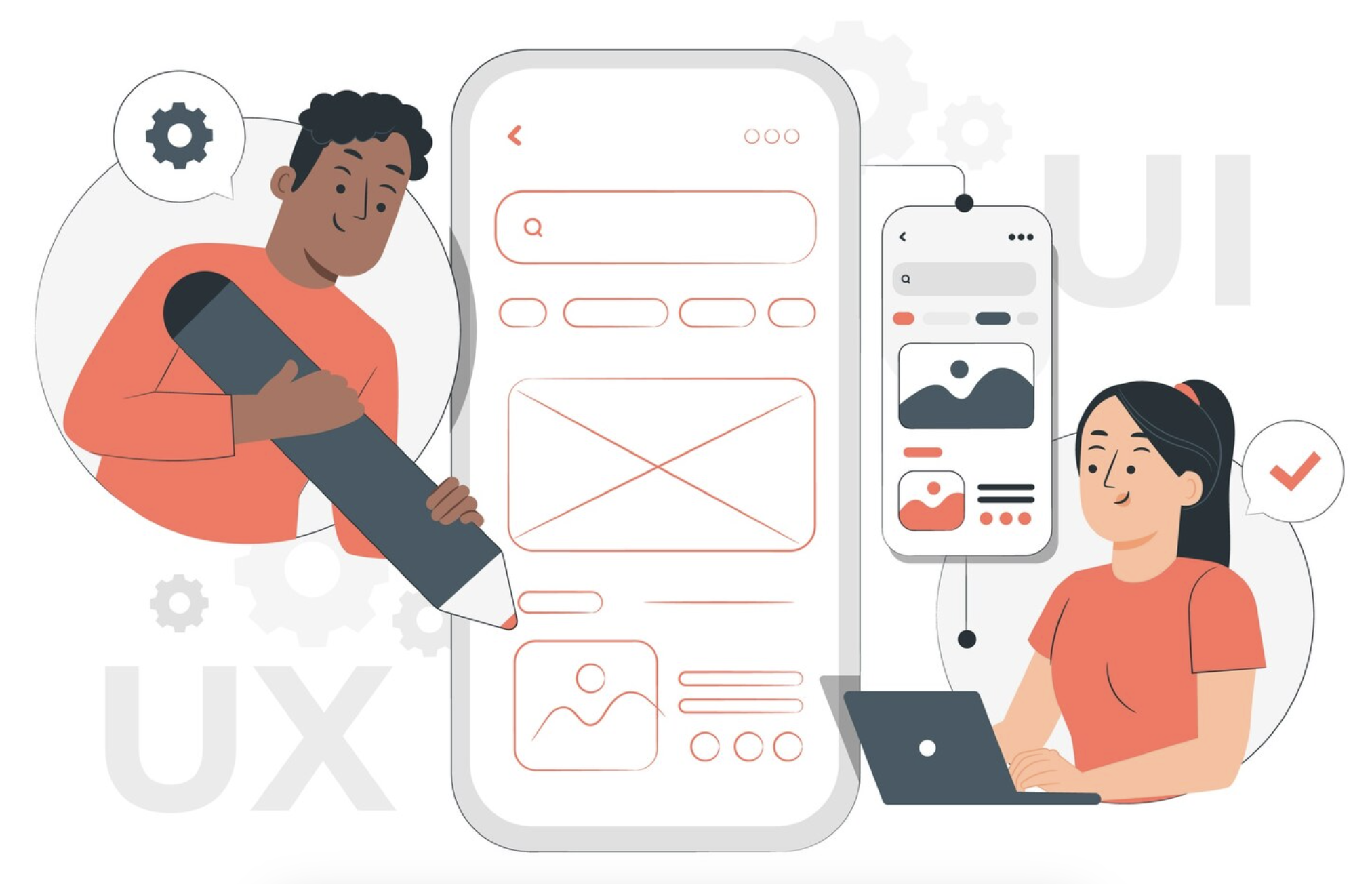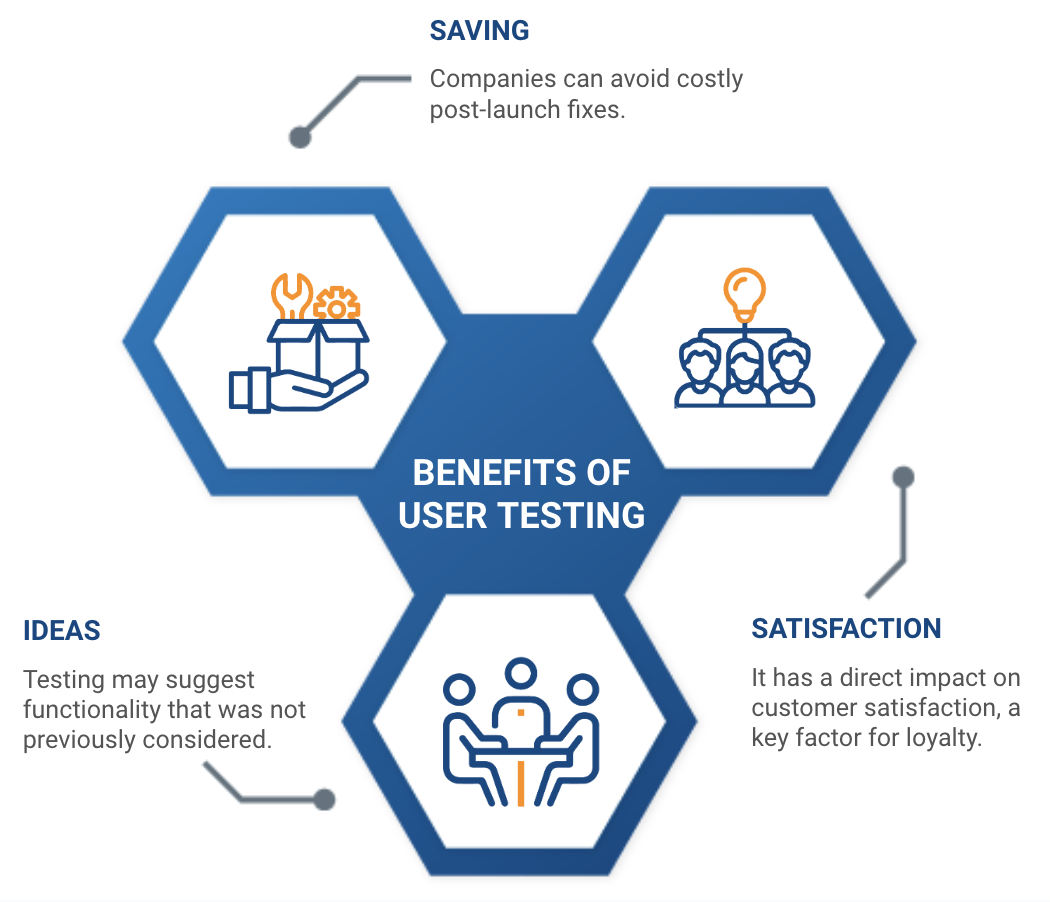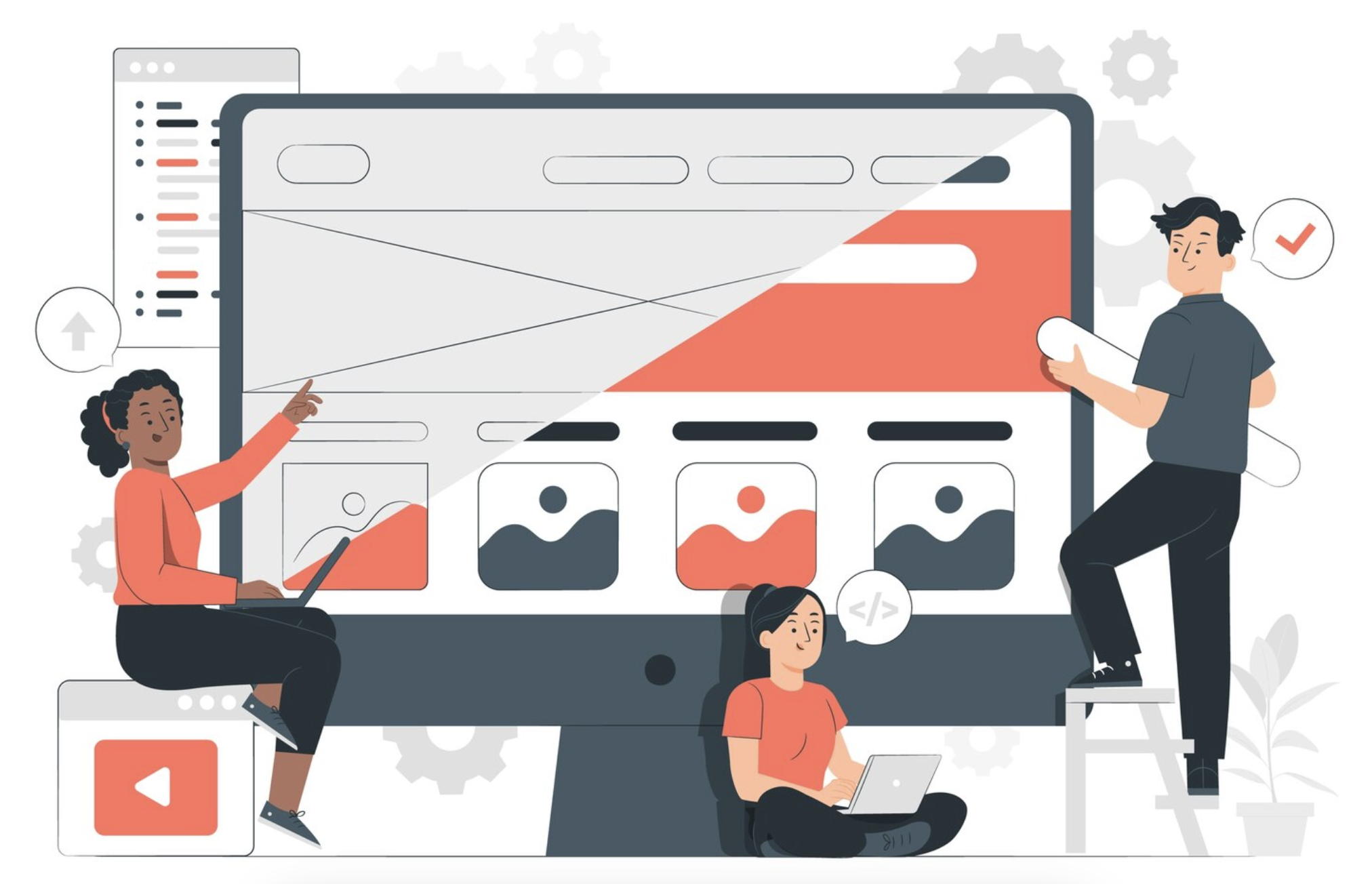
In an increasingly competitive business environment, ensuring an excellent user experience (UX) has become a priority for many companies. CEOs, managers, and directors understand that the success of their products or services largely depends on how well users interact with them.
In this context, user testing is presented as a crucial tool to optimize UX design, helping to identify problems, improve customer satisfaction, and ultimately increase profitability. In this article, we will explore the fundamental role of user testing and how it can transform any company’s UX design.

What is user testing?
User testing involves evaluating how real users interact with a prototype or already developed product. Through this process, valuable insights into user behavior are gained, allowing design teams to identify the product's strengths and weaknesses.
This approach is critical because even though designers and developers work hard to create effective solutions, end users always find areas where the product may fail. Thus, user testing provides real data that helps make adjustments before launch, ensuring that the final product meets market expectations and is easy to use.
Benefits of user testing
Saving time and money: By identifying usability errors before launch, companies can avoid costly post-launch fixes. Fixing a problem before the product hits the market will always be less expensive than doing so after the fact.
Revealing unexpected insights: Even with solid initial research, user testing often uncovers information that was not contemplated during design.
Improving user satisfaction: User-centered design, which is adjusted based on user testing, has a direct impact on customer satisfaction, a key factor in customer loyalty.

The Importance of User Testing in UX Design
One of the key principles in UX design is to put the user at the center of the entire process. User testing allows companies to get direct feedback on how their users interact with the product, making it easier to make decisions based on real data.
Problem Identification and Resolution
Before releasing a product to market, it is essential to ensure that it works smoothly. User testing provides an opportunity to identify design issues, such as confusing navigation, lack of clarity in features, or areas where users get stuck. By proactively resolving these issues, companies can release more polished products and reduce abandonment rates.
For example, a company developing an e-commerce platform might discover through user testing that its customers are having difficulty completing the checkout process due to a complex interface. This type of information is invaluable in making necessary adjustments before releasing the product to a wider audience.
Uncovering User Needs and Frustrations
User testing also helps identify unmet needs or frustrations that users experience with the product. Sometimes designers and development teams focus on solving obvious problems, but testing reveals unanticipated areas for improvement.
For example, Amazon uses user testing to identify sellers' needs on its Seller Central platform. Through this testing, Amazon has been able to make improvements that make navigation easier and remove barriers for users, resulting in a better overall experience.

How User Testing Helps Prioritize Features in UX Design
Another key benefit of user testing is its ability to help prioritize product features. In any business, resources are limited, so leaders must decide which features are most important to develop or improve.
By conducting user testing, insights can be gathered about how users value different features. This allows businesses to make data-driven decisions, prioritizing those features that have the greatest impact on user satisfaction and, therefore, product success.
Types of User Testing
There are different methods of user testing, which vary depending on budget, time available, and prototype to be tested. Two key distinctions are:
In-Person vs. Remote User Testing
In-person testing: Conducted in person, allowing the tester to directly observe users' facial expressions, body language, and verbal reactions. These tests offer tighter control over the environment and provide more detailed information. However, they can be expensive and time-consuming.
Remote testing: These are a cheaper and more convenient alternative, especially if the team is working remotely or the prototype is digital. Remote testing can be moderated or unmoderated.
In a moderated test, a facilitator guides the user as they interact with the product, observing their behavior and asking questions in real time.
In an unmoderated test, users complete tasks autonomously through testing platforms such as UserZoom or UserTesting. These tests are quick and easy to organize, but they limit the ability to observe user behavior directly.
Moderated vs. Unmoderated Testing
Moderated testing allows for immediate feedback and adjusting questions based on what is observed, while unmoderated testing is faster and more scalable. Choosing the right method depends on the specific needs of the project.

Integrating User Testing into the Design Strategy
For CEOs, directors, and managers looking to improve user experience, it is crucial to integrate user testing throughout the product development cycle. Not only does this ensure that the final product is intuitive and efficient, but it also allows the company to stay competitive in an ever-evolving market.
User testing is a strategic tool for optimizing UX design, as it provides real data that informs the decision-making process. Furthermore, by implementing improvements based on continuous testing, companies can quickly adapt to changing user needs.
User testing plays an essential role in improving UX design, helping companies create products that not only work well, but are also easy to use and appealing to the customer. CEOs, managers, and business leaders who incorporate user testing into their development process gain a competitive advantage, as they can identify design issues before launch, improve user satisfaction, and ultimately increase profitability.
Implementing a solid user testing strategy is an investment that delivers tangible results, improving both user experience and business outcomes.
Te recomendamos este video

